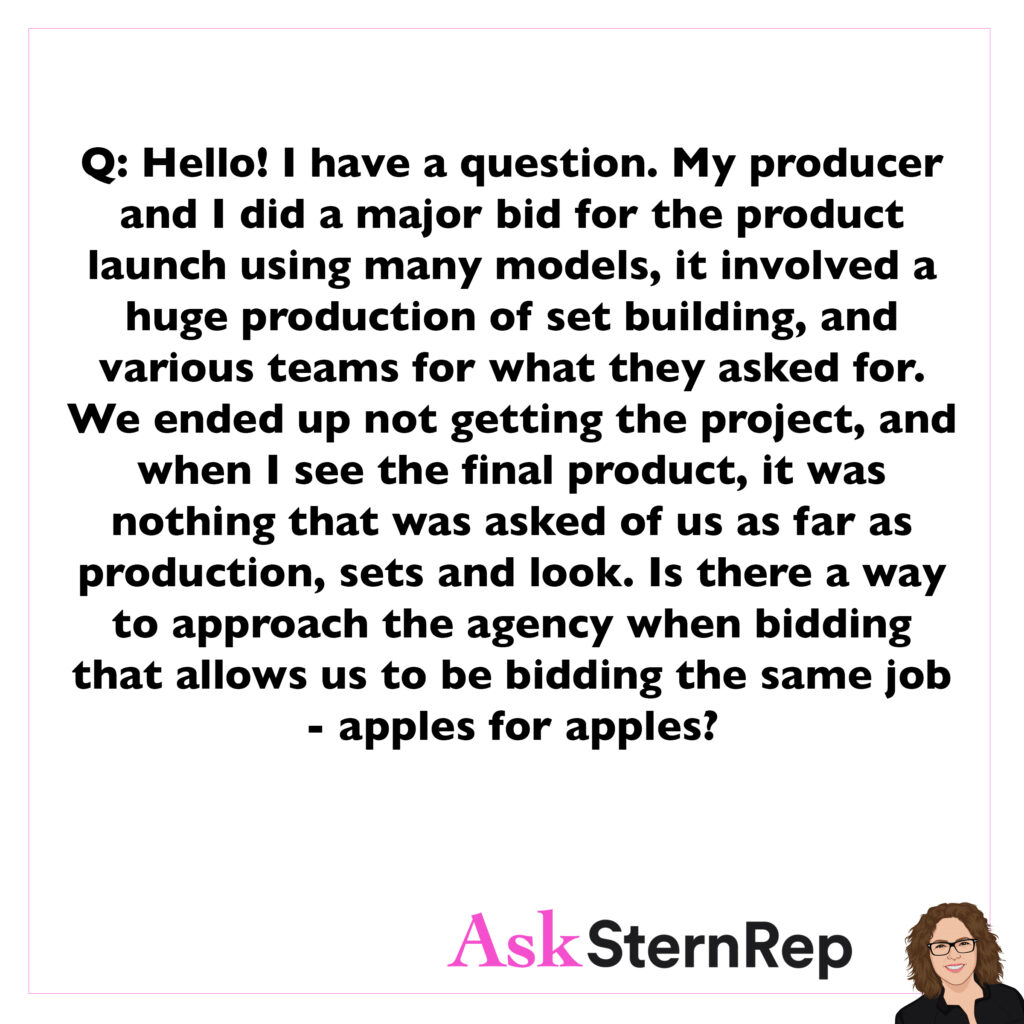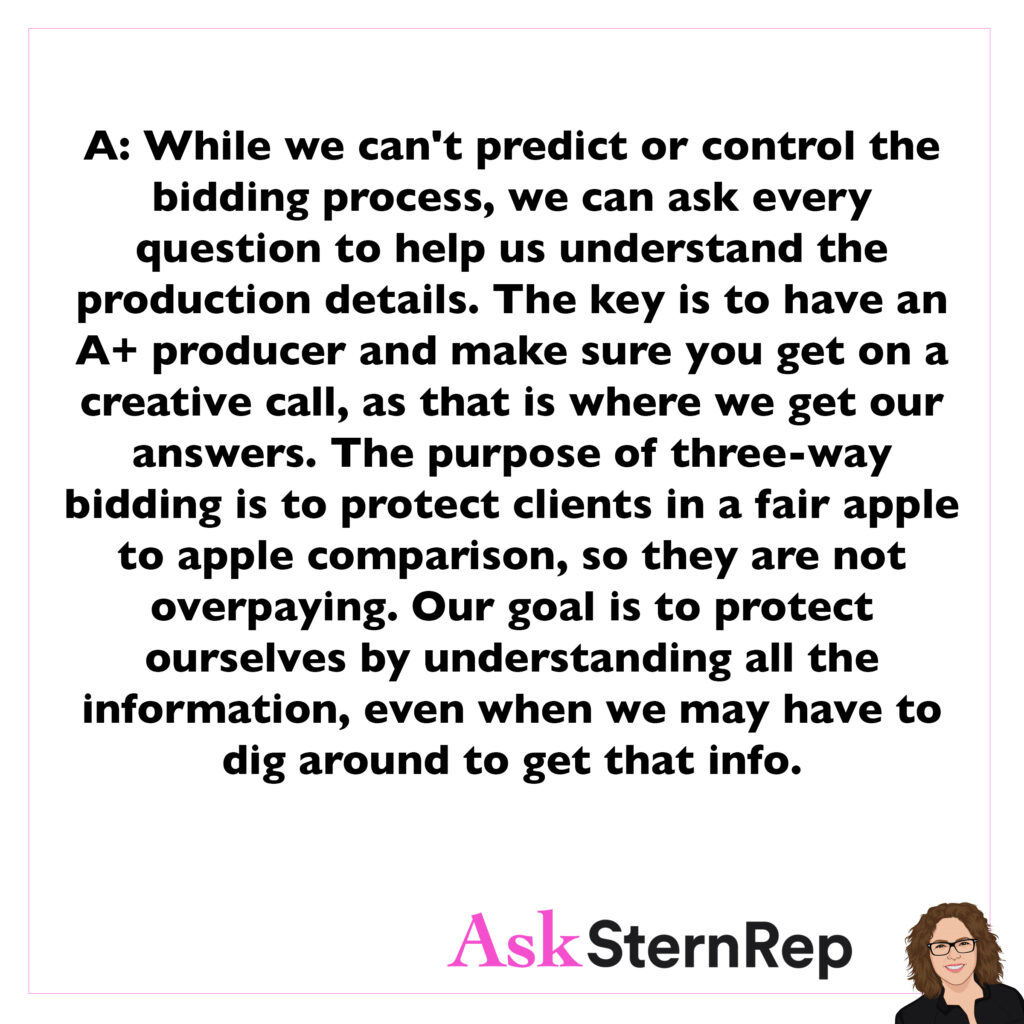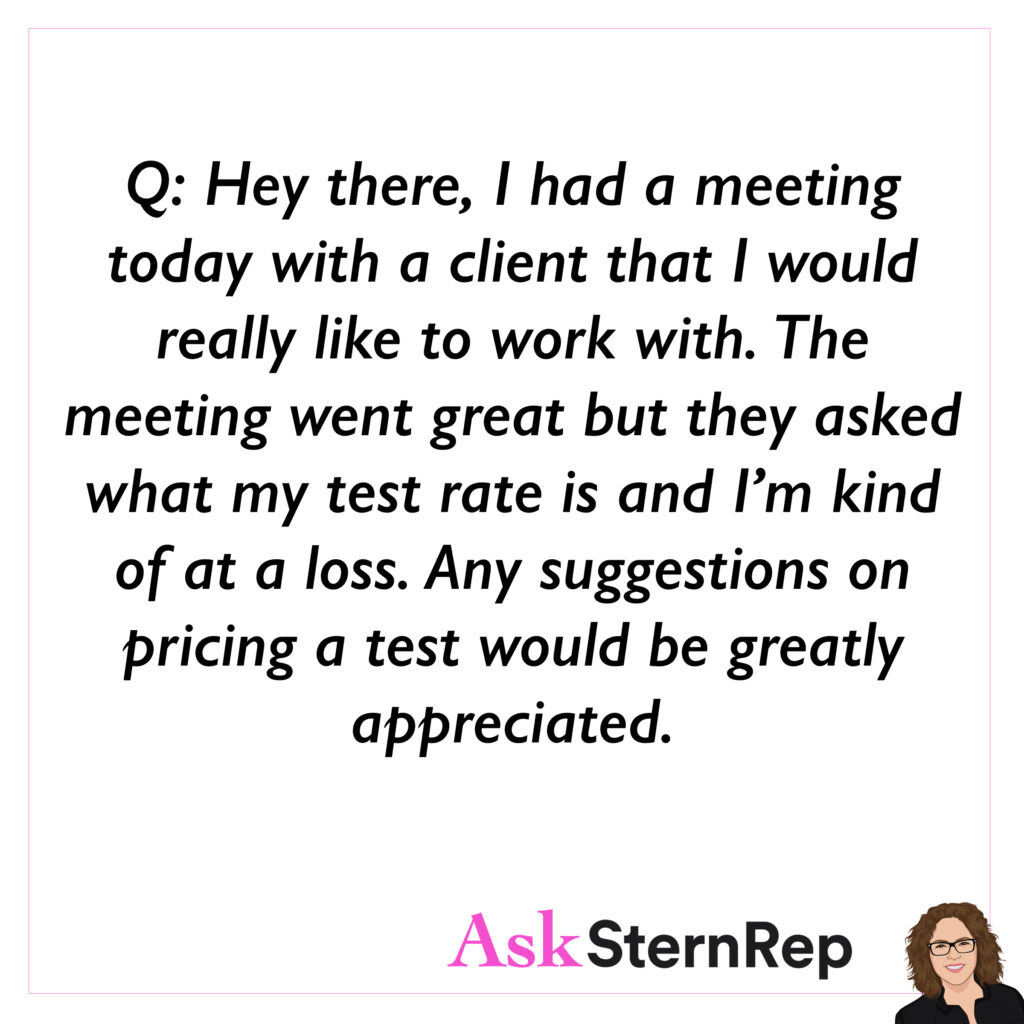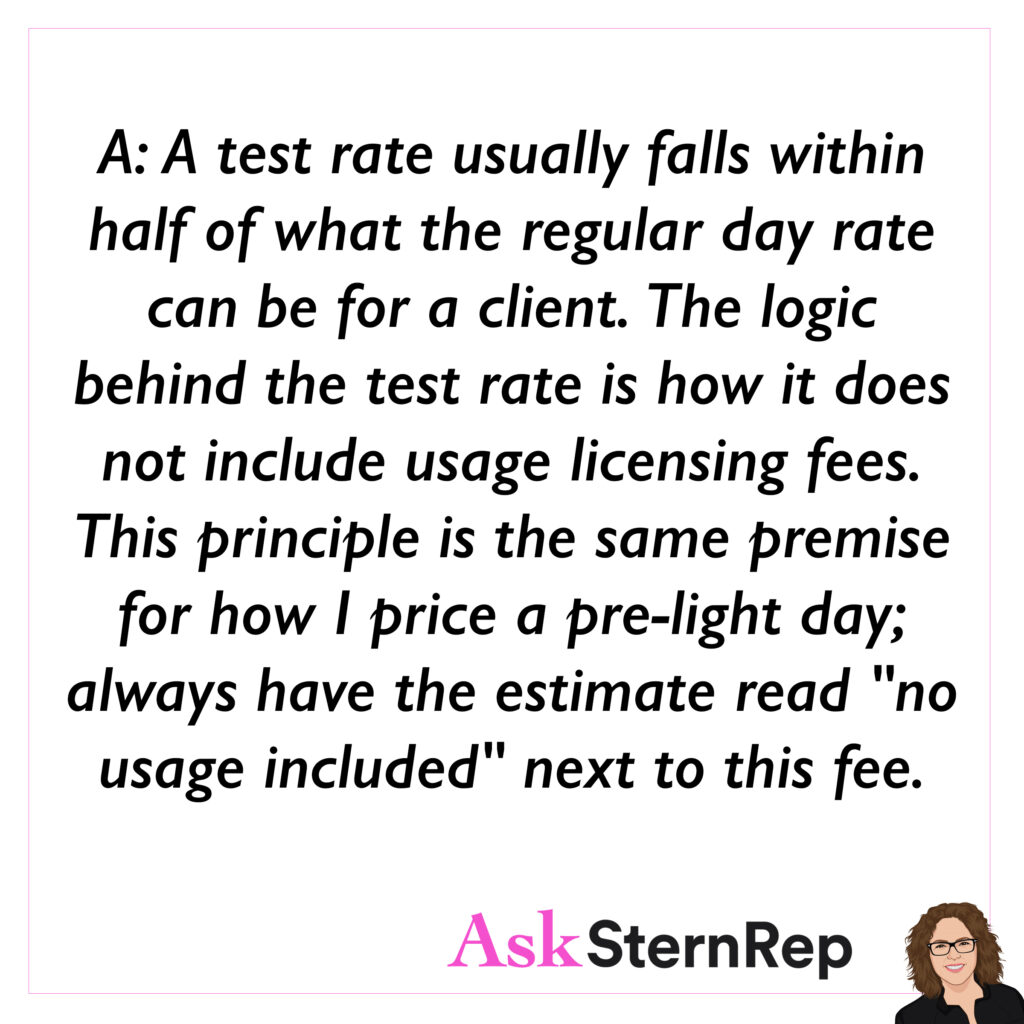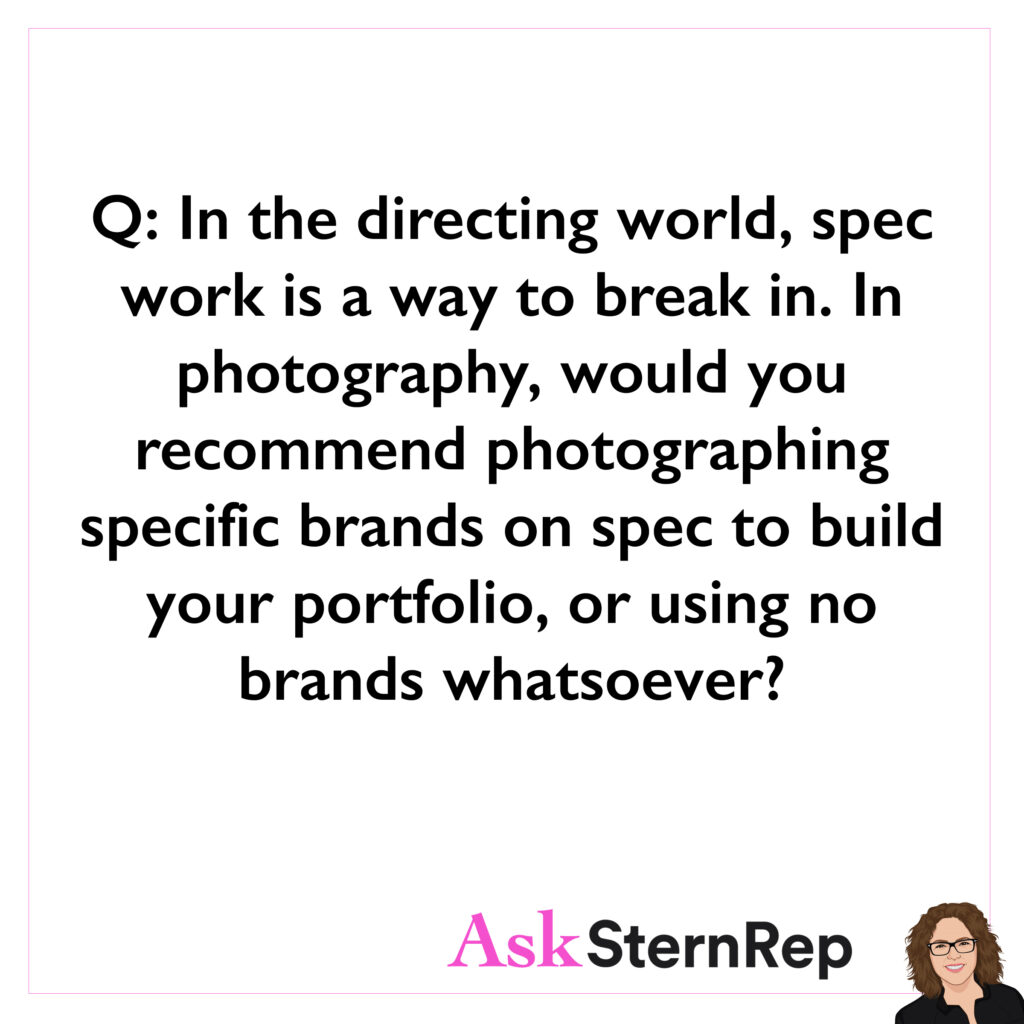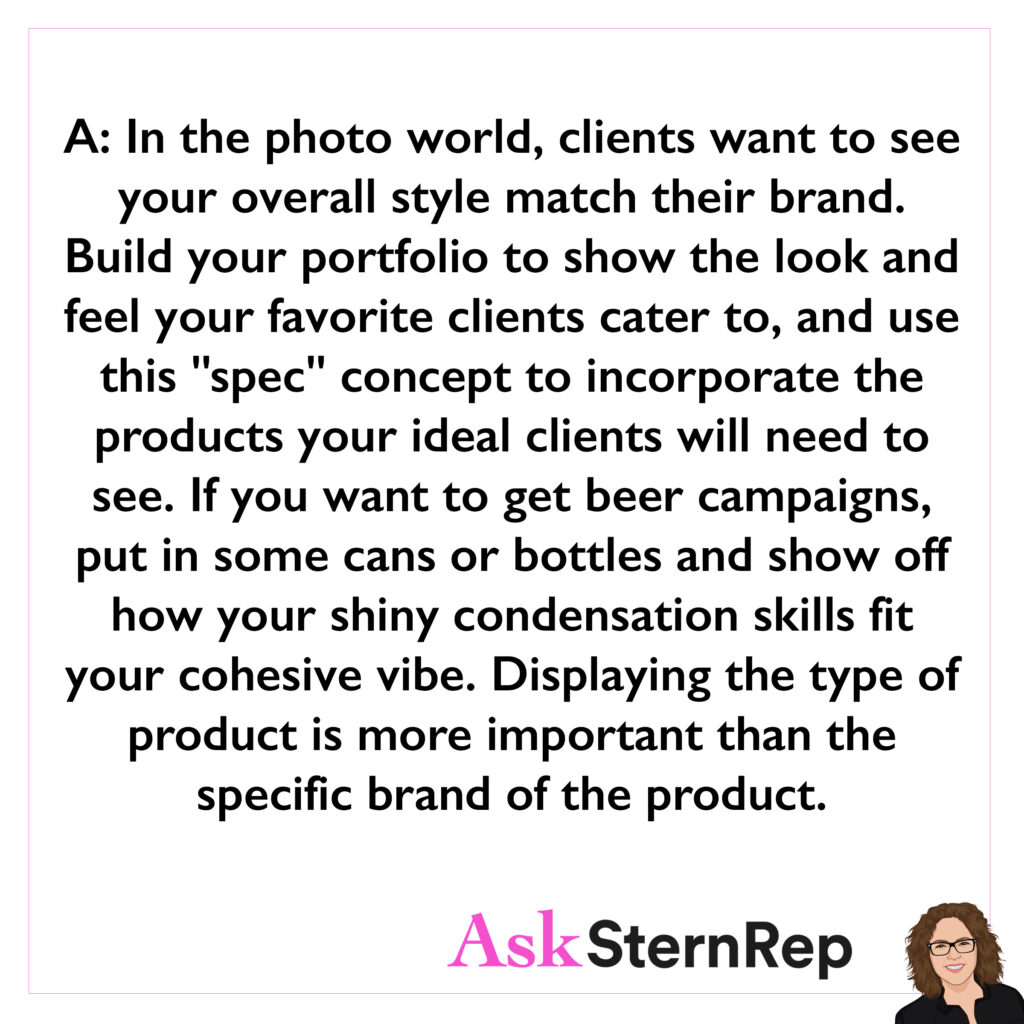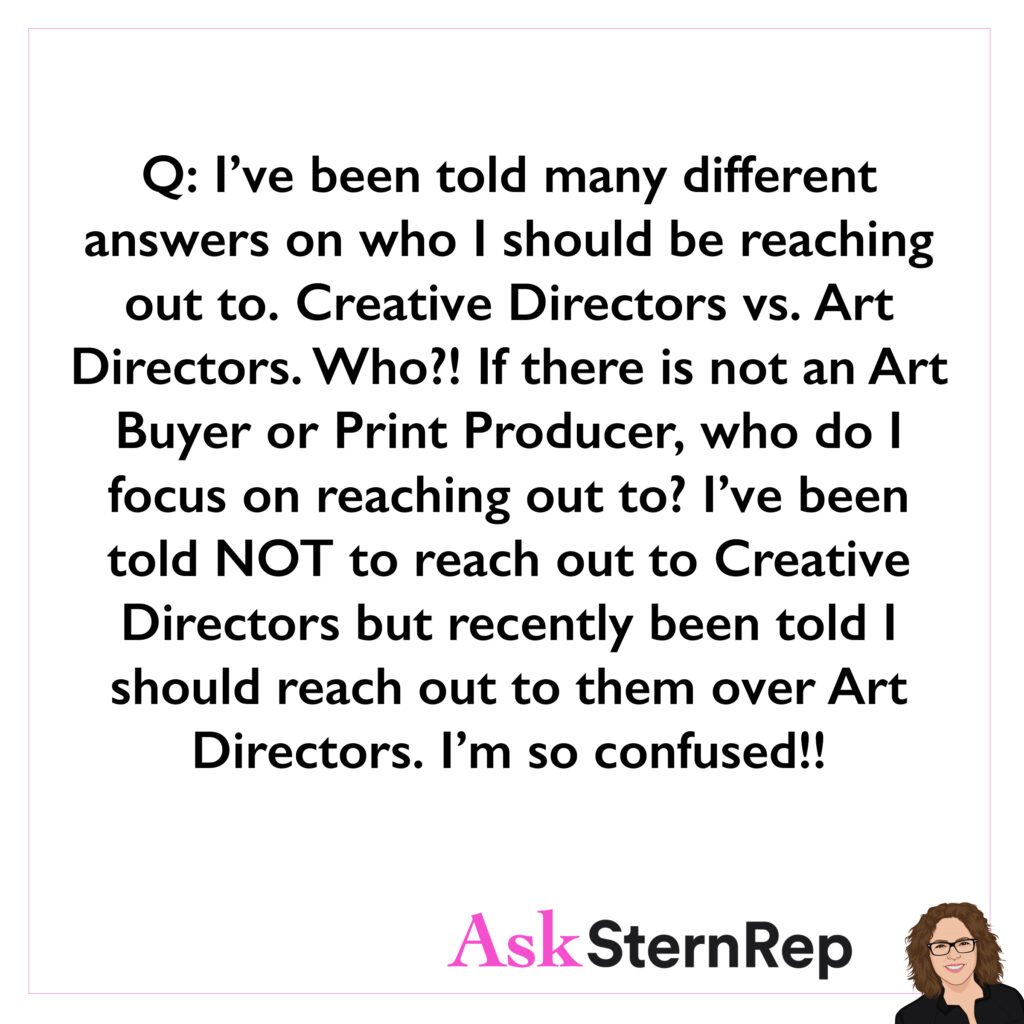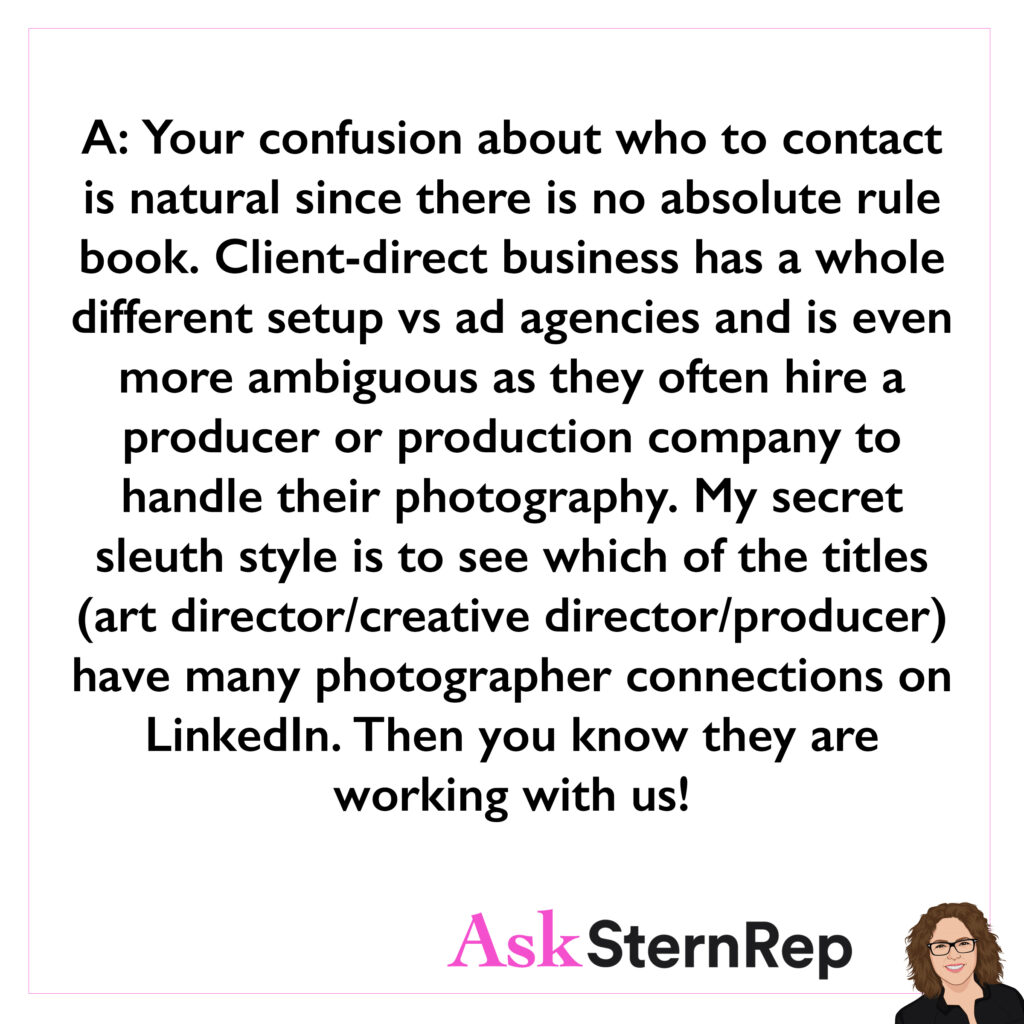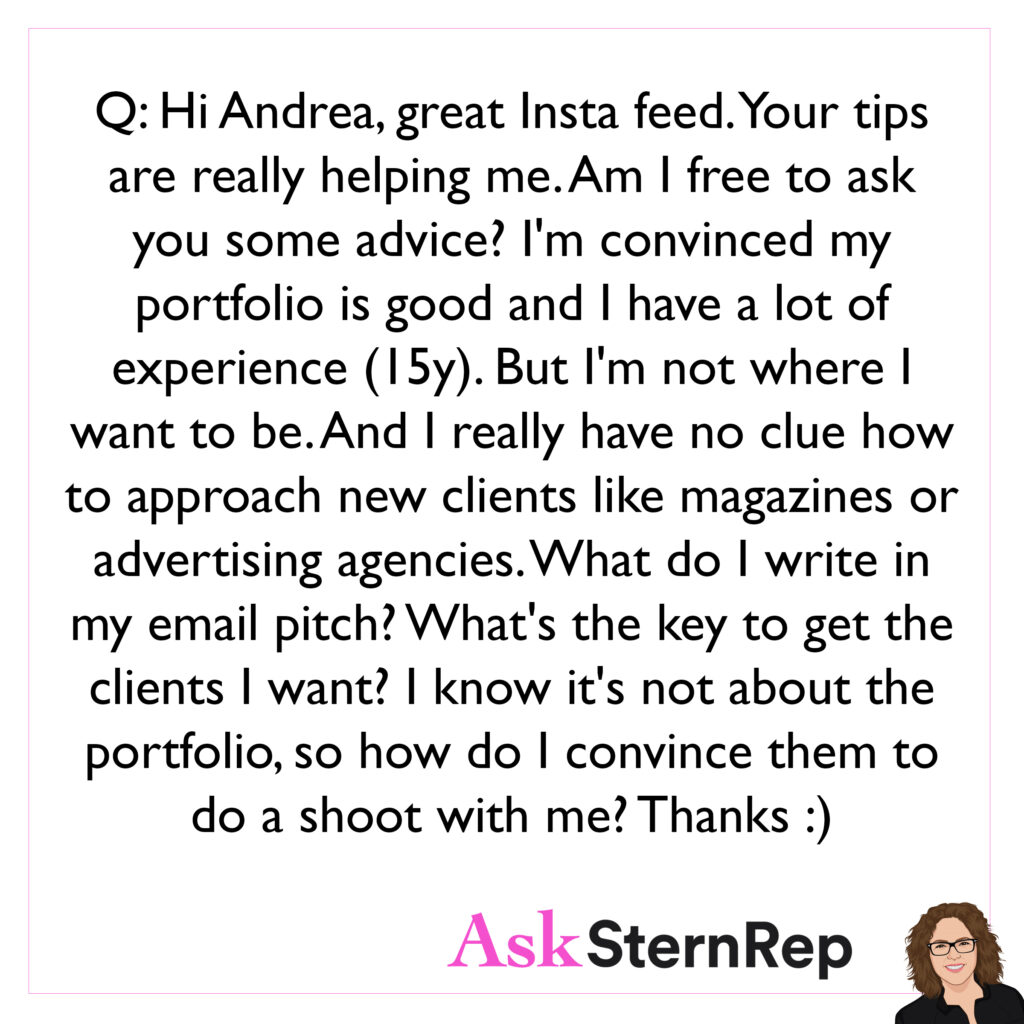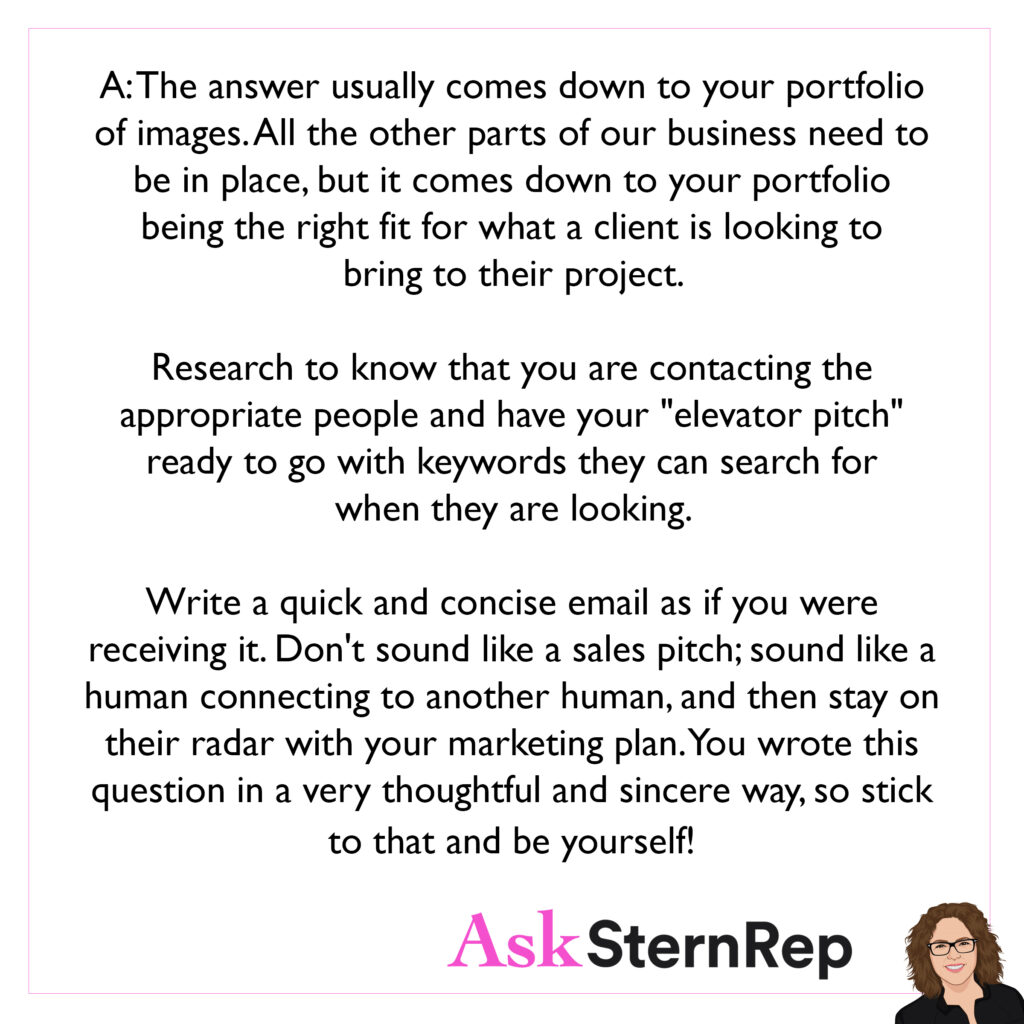Quick sales tip that you may not have thought of is to wait and spread out your communication with a client. If it’s not a pressing production matter, use your response/question/personal note as a way of staying on their mind for a longer period of time.
Here’s a sales and marketing tip you might not have considered: I often don’t respond to clients immediately. While sometimes prompt responses are necessary, if it’s a personal matter or if you have a question for them and you’ve just been in touch, try to delay your response as long as possible. The goal is to stay on their mind and remain visible. Use your email communication strategically to keep yourself in their thoughts for a longer period.

